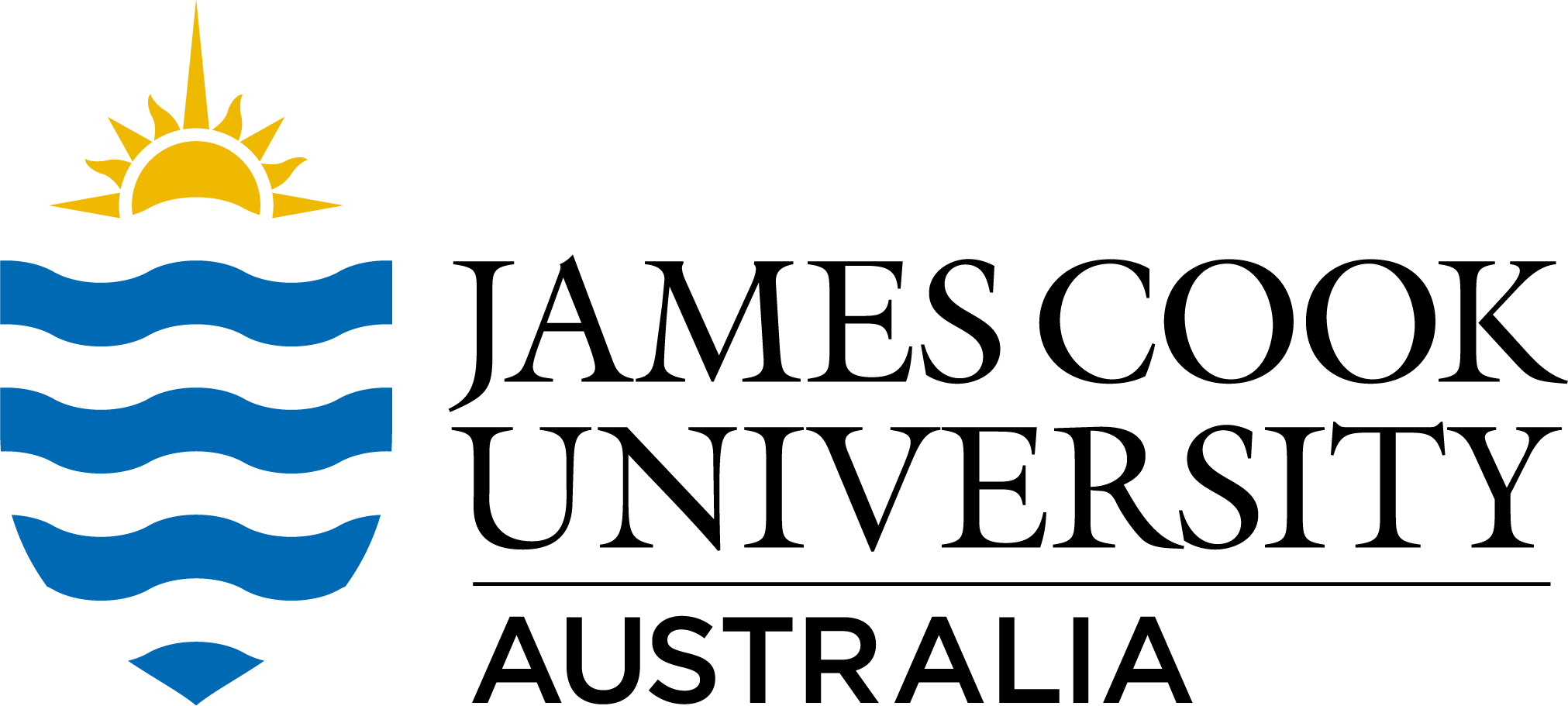Brief description
Sightings for dugongs, cetaceans and turtles in Moreton Bay area during the dugong aerials surveys in November 2005.
Full description
The dugong, Dugong dugon, is listed as vulnerable to extinction in Queensland, Australia. Triggered by the anecdotal and scientific evidence of dugong decline along the urban coast of Queensland between 15o 30’S and 28 o S, generic conservation concerns and their statutory responsibilities, management agencies are attempting to address human impacts on dugongs through initiatives including banning the dugong oil industry in the 1960s; marine park zoning; controls on fisheries, shark netting, vessel movements and speeds; phasing out the use of high explosives in the Great Barrier Reef region; partnerships with Traditional Owners at culturally-relevant scales to manage Indigenous hunting; and initiatives to improve water quality. The conservation outcomes of these initiatives for dugongs have been monitored by aerial surveys of dugong distribution and abundance in various parts of the region since the mid 1980s. In this context, the results of the first survey of the whole region in November 2005, suggest that dugong numbers are now stable at the scale of the entire urban coast although populations fluctuate at the level of individual bays, probably largely due to natural changes in seagrass habitats. However, it is impossible to evaluate the cumulative success of the management initiatives because policy is silent on whether population maintenance or recovery is the objective of dugong management. The results of the surveys indicate that it will be important to: (1) develop cross-jurisdictional objectives for the management of dugongs at the scale of the entire region, and (2) co-ordinate management at both culturally and ecologically relevant scales.
Notes
This dataset includes maps and reports. Please contact Helene Marsh Helene.Marsh@jcu.edu.au for GIS data. Funding for these surveys was obtained from the following government agencies: - Great Barrier Reef Marine Park Authority (GBRMPA), - Department of Environment and Resource Management (DERM), - Australian Marine Mammal Centre (AMMC), - Torres Strait Regional Authority (TSRA), - Australian Fisheries Management Authority (AFMA), - Marine and Tropical Sciences Research Facility (MTSRF), - National Environmental Research Program (NERP).
Created: 2012-02-01
Data time period: 11 2005 to 30 11 2005
text: Moreton Bay, Southern Great Barrier Reef, Queensland, Australia.
User Contributed Tags
Login to tag this record with meaningful keywords to make it easier to discover
- Local : researchdata.jcu.edu.au//published/0532540bfab1274c20ec0d073c2e2679
- Local : jcu.edu.au/tdh/collection/34125dab-7f62-4ef4-ac13-10c569b27403
- Local : bacbf35b4af9ceccf1a87c00d321bf82


